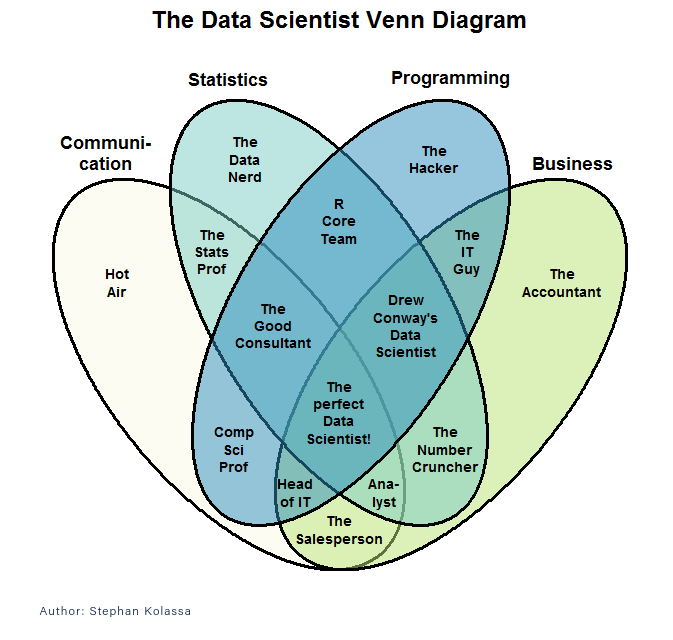I’m new to Go—just a few months in. I’ve spent a lot more time with Java, C++, even Python, but the Gopher is an interesting critter so far. It’s not just a better version of <your favorite language here>.
Every language is a commitment to a particular way way of looking at programming but rarely more so than with Go, which is often politely described as “opinionated.”
Some Informal History
Go’s ancestor, the C language, which was invented in 1972, spelled the end of the age of assembler for systems programming. In the words of its author, Dennis Ritchie, C is portable assembler. Until C came along, you had to hand-port operating systems and other systems code to each platform you wanted to run on. There weren’t any IDE’s back then—it was just you and your editor.
A vast superstructure of software development tooling has evolved since C was young but less of it than one might imagine is about telling machines what to do.
There used to be a thing called “the software crisis” back in the 80’s and 90’s. Younger programmers may never have heard of it, but in those days the majority of large projects were said to fail as the size of the problems we faced began to outstrip our ability to write commensurately large software.
Yet today, success is the expectation and only the occasional overblown or ill-conceived project fails . What happened?
It’s not the languages that have changed—I was a CS student in the late eighties and in the years since I have yet to encounter a significant language feature that did not already exist when I was an undergraduate.
It is tools and management techniques to facilitate people working together that beat down the software crisis, not high-powered syntax.
Widespread adoption of Object Orientation allowed data models of unprecedented size to be developed and managed by large teams as they evolved over time. Open-source created a universe of high-quality computational Lego that let individuals or small teams produce incredibly powerful systems with little more than glue code. Agile and other management practices, powerful source control, documentation, tools like Maven, Jenkins, continuous integration systems, Jira, and of course, Unix for everyone.
These things are all about people, not machines. If you left it up to the machines, they’d write everything in C for portability and they’d skip the tabs or newlines.
Continue reading →









